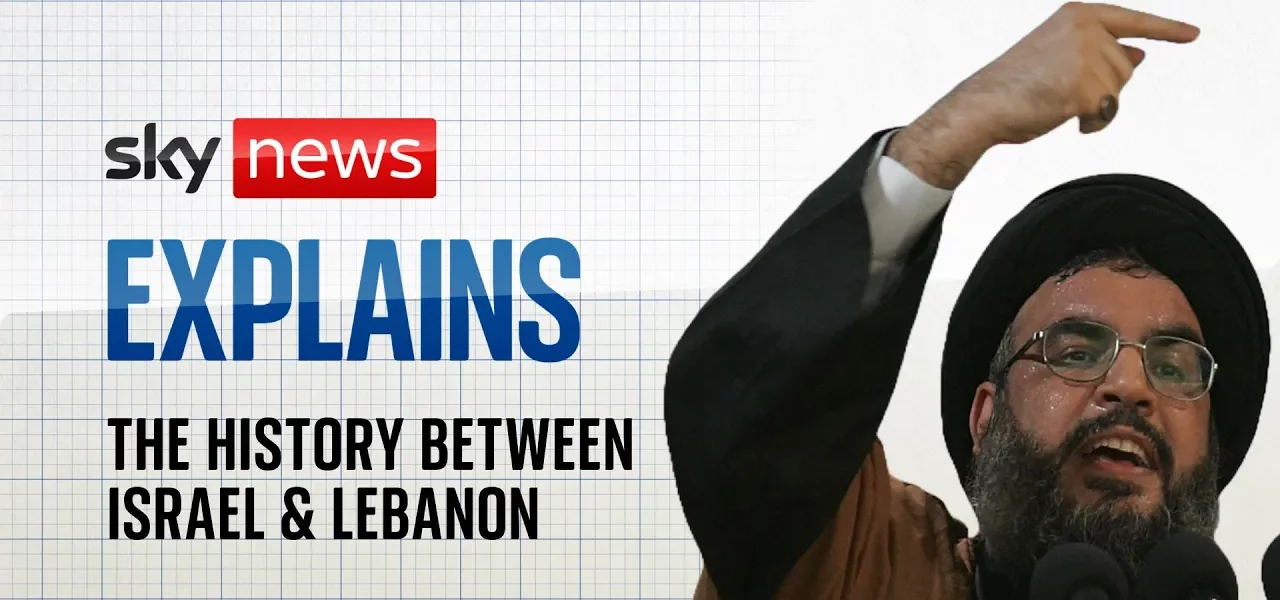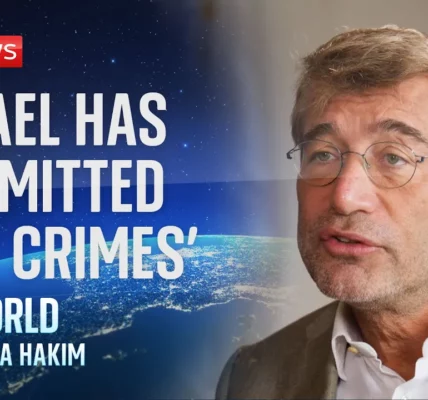The Historical Conflicts Between Israel and Hezbollah

This article delves into the complex history of conflicts between Israel and Hezbollah, tracing the origins of these tensions back to the mid-20th century and examining the key events that have shaped the relationship between these two entities.
Introduction
The northern border of Israel with Lebanon has been a flashpoint for conflict since the establishment of Israel in 1948. The historical narrative is marked by wars, political upheaval, and the emergence of militant groups, particularly Hezbollah. Understanding the origins and evolution of these conflicts provides crucial context for the current geopolitical landscape in the Middle East.
The Birth of the Israeli-Palestinian Conflict
The roots of the conflict can be traced back to 1948 when Israel declared independence, leading to a war with neighboring Arab states, including Lebanon. This war resulted in significant territorial gains for Israel and the displacement of around 100,000 Palestinians, many of whom became refugees in Lebanon.
The UN Partition Plan of 1947
The United Nations proposed a partition plan aimed at establishing separate Jewish and Arab states. However, the plan was met with resistance, and the ensuing conflict resulted in Israel controlling approximately 40% of the designated Palestinian territories.
Refugees in Lebanon
As a consequence of the war, Lebanon became home to a large number of Palestinian refugees, which sowed the seeds for future conflicts as these groups sought to reclaim their homes and rights.
The Rise of Palestinian Militancy and Its Impact on Lebanon
In the years following the 1948 Arab-Israeli War, Palestinian groups began to operate from Lebanese territory, leading to increased tensions within Lebanon itself.
The Black September Conflict in Jordan
In 1970, Palestinian factions faced a violent crackdown in Jordan, known as Black September, prompting many to relocate to Lebanon. This movement escalated the existing tensions within Lebanese society.
The Civil War of 1975
The influx of Palestinian militants into Lebanon and their involvement in local politics contributed to the outbreak of the Lebanese Civil War in 1975. Key events included:
- Escalating violence between Christian militias and Palestinian groups.
- Intermittent cycles of violence leading to widespread civil unrest.
- The involvement of various Lebanese factions, including leftists and Muslims, who supported the Palestinian cause.
Israeli Military Engagements in Lebanon
Israel’s military involvement in Lebanon began to escalate in the late 1970s and continued through the early 2000s, resulting in significant geopolitical ramifications.
The 1978 Israeli Invasion
In response to Palestinian attacks, Israel invaded Southern Lebanon in 1978, establishing an occupation zone. This military action aimed to neutralize Palestinian guerilla threats.
1982 Invasion of Lebanon
The 1982 invasion marked a pivotal moment in Israeli-Lebanese relations. Key events included:
- Israel’s advance to Beirut aimed at dismantling the Palestinian Liberation Organization (PLO).
- The tragic massacre of civilians in the Sabra and Shatila refugee camps, which raised international outrage.
- The subsequent establishment of Hezbollah by Iran’s Revolutionary Guards to counter Israeli forces.
The Evolution of Hezbollah and Continued Conflict
Hezbollah emerged as a significant force in the region, shifting the dynamics of Israeli-Lebanese relations well into the late 20th and early 21st centuries.
Hezbollah’s Political Integration
Following the end of the Lebanese Civil War in 1992, Hezbollah transitioned into the political arena, winning seats in the Lebanese parliament. This dual role of military and political engagement has defined its strategy.
Recurring Conflicts with Israel
Hezbollah’s military activities have led to several conflicts with Israel, including:
- The 1993 and 1996 confrontations, which resulted in significant casualties and international scrutiny.
- Israel’s withdrawal from Southern Lebanon in 2000, which was seen as a victory for Hezbollah.
- The 2006 Lebanon War, initiated by Hezbollah’s cross-border raid and subsequent Israeli military responses.
Recent Developments and Ongoing Tensions
In recent years, the Israeli-Hezbollah dynamic has seen new escalations, particularly following significant events involving Hamas and regional unrest.
The Aftermath of the 2024 Attacks
Following the October 7th, 2024 attack by Hamas on Israel, Hezbollah launched a series of rocket attacks in solidarity with Palestinians. This led to renewed Israeli airstrikes targeting Hezbollah positions.
The Current Humanitarian Crisis
The ongoing conflict has resulted in significant humanitarian issues, including:
- Displacement of over one million people in Lebanon.
- Continued military engagements that threaten civilian lives and infrastructure.
- Escalating tensions that could lead to wider regional instability.
Conclusion
The historical conflicts between Israel and Hezbollah are a complex tapestry woven from decades of war, political strife, and social upheaval. As both entities continue to navigate their tumultuous relationship, the potential for future conflict remains high. Understanding this history is essential for grasping the current state of affairs in the Middle East. For further insights into regional conflicts, explore our related articles on Middle Eastern geopolitics and the ongoing Israeli-Palestinian conflict.
“`




